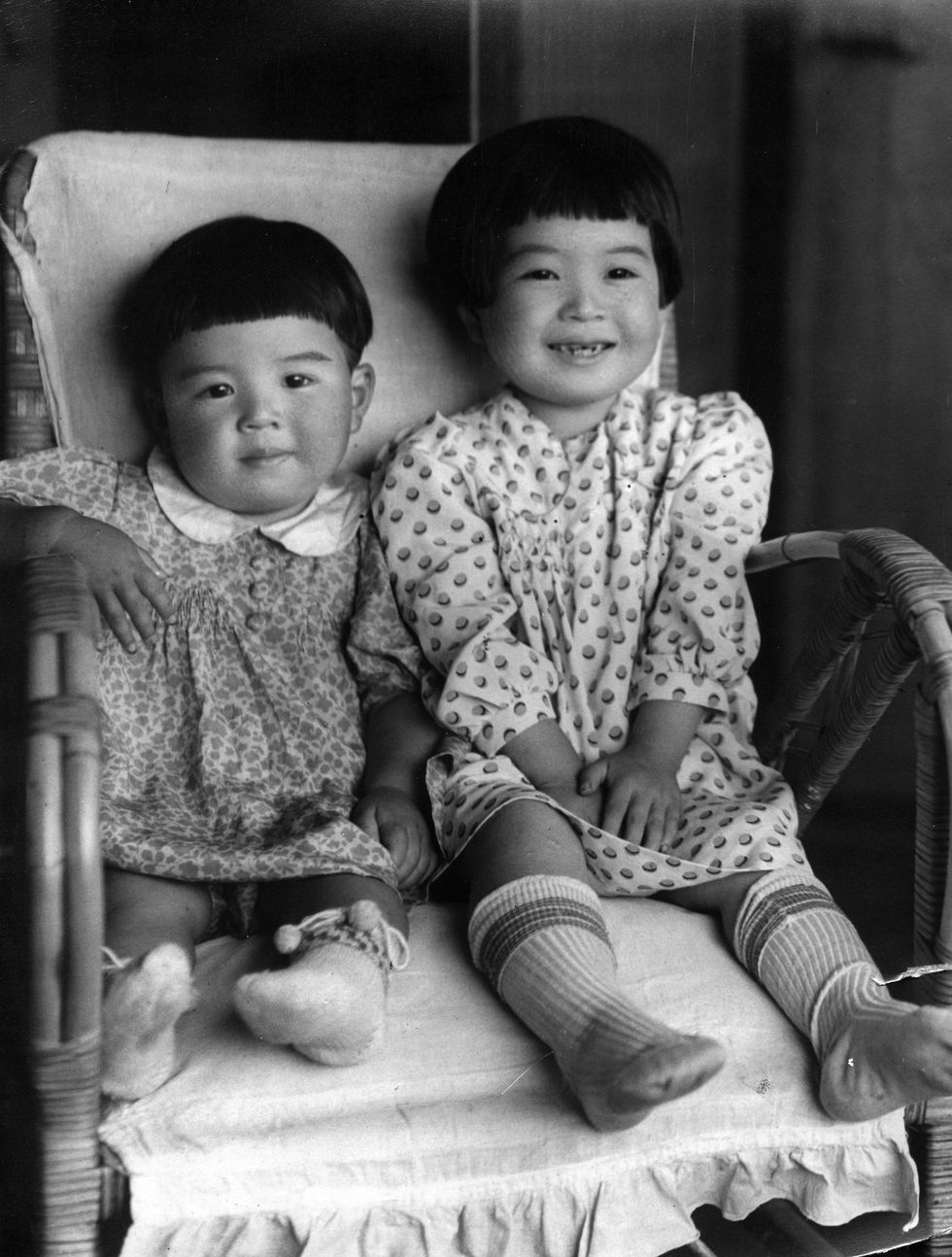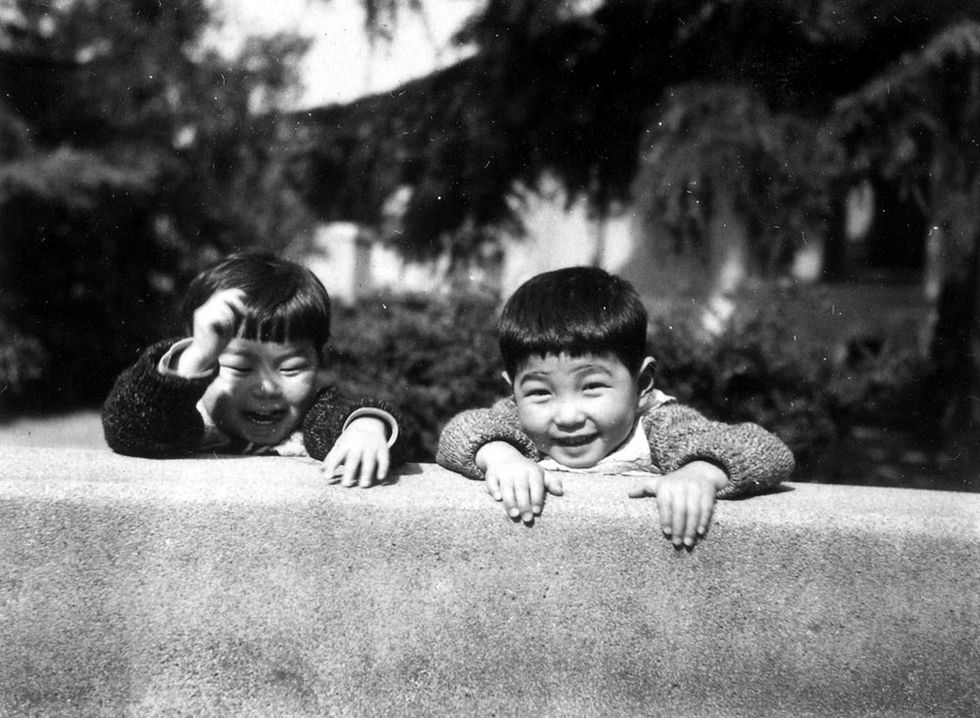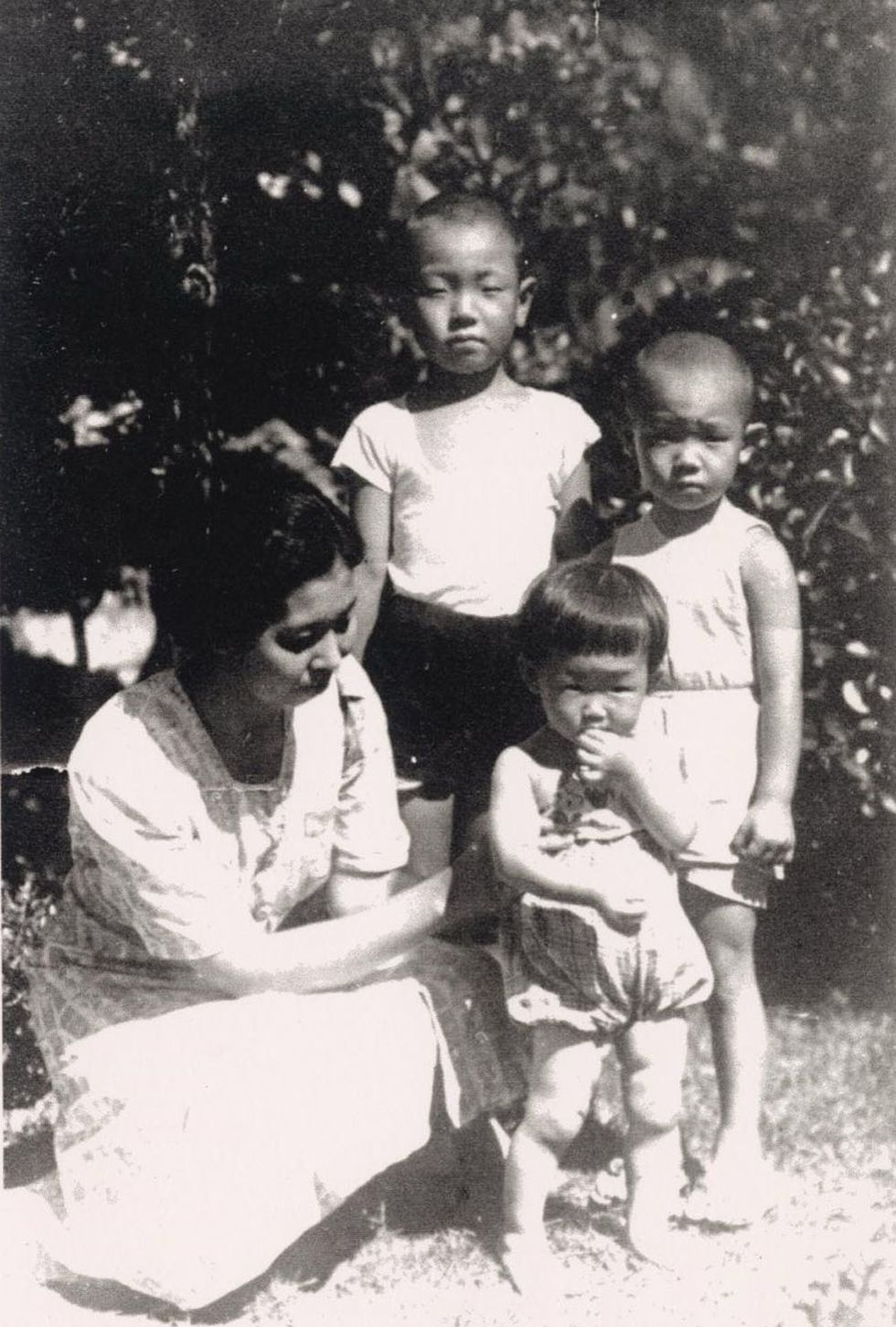

SUBSCRIBE TO OUR FREE NEWSLETTER
Daily news & progressive opinion—funded by the people, not the corporations—delivered straight to your inbox.
5
#000000
#FFFFFF
To donate by check, phone, or other method, see our More Ways to Give page.


Daily news & progressive opinion—funded by the people, not the corporations—delivered straight to your inbox.
The record in Mozambique shows that projects backed by public finance can harm communities and the environment unless local voices guide the process.
The ninth Tokyo International Conference on African Development, or TICAD, opened August 20 in Yokohama, organized by the Japanese government with the United Nations, UN Development Program, World Bank, and African Union Commission. Japan, as host, aims to promote “high quality” development in Africa by applying lessons from Asia. Three decades since TICAD’s launch in 1993, interest in Africa remains strong—and so does the need to reflect on what “development” truly means.
Japan’s record in Mozambique offers sobering lessons.
Before we can discuss “development” we must recognize that many of Africa’s deep crises today are rooted in the continued exploitation of its people and resources, shaped by inherited colonial structures. Public funding and transnational corporations play a large role in perpetuating these patterns.
The Mozambique liquefied natural gas (LNG) project illustrates the problem. Led by French energy giant TotalEnergies, it is one of Africa’s largest gas extraction projects, with Japan as its top financier. The publicly funded Japan Bank for International Cooperation (JBIC) has committed up to $3.5 billion in loans, while Nippon Export and Investment Insurance (NEXI) has agreed to provide $2 billion in insurance.
As leaders gather at TICAD to shape Africa’s future, we urge Japan and all participating governments and businesses to focus on the needs and aspirations of African people themselves.
JBIC justifies this support by citing growing global LNG demand, particularly in developing countries, rising environmental awareness, and Japan’s energy security. Yet revenue flows to a United Arab Emirates-based special purpose entity—enabling gas and mining companies to avoid paying an estimated $717 million to $1.48 billion in taxes to Mozambique. The country is further disadvantaged by the Investor-State Dispute Settlement (ISDS) system, which prioritizes loss compensation for investors.
On the ground, grievances remain unresolved. More than eight communities have been affected, and many families still await promised compensation. Others have lost farmland or access to the sea, undermining agriculture and fisheries livelihoods. Local residents report that consultation meetings often involve military presence, stifling open discussion.
Since 2017, the region has suffered violent insurgency, which halted the project in 2021 and brought heavy militarization focused on protecting gas infrastructure. Insurgent activity has surged again in recent weeks, amid signs of project restart. In March 2025, analysts warned that the sense of disenfranchisement created by the project could fuel insurgent recruitment.
Environmental and climate risks are also high. Independent reviews find that the project’s environmental impact assessment understates potential harm, including lacking a rigorous biodiversity baseline study for the deep-sea environment.
This pattern—external actors driving their own agendas rather than responding to locally defined and articulated priorities—is not unique.
A decade earlier, Japan’s own ProSAVANA project in northern Mozambique followed a similar path. Launched in the early 2010s by the Japan International Cooperation Agency (JICA) with Mozambican and Brazilian partners, it aimed to convert land to agricultural use, particularly soybean cultivation for export to Japan. Modeled on Brazil’s Cerrado “green revolution” of the 1970s, it was promoted as a way to promote agricultural and economic development in Mozambique.
In reality, the project facilitated land grabs covering 14 million hectares in the Nacala Corridor, displacing small farmers. Civil society groups denounced the opaque consultation process and backed local farmers’ resistance. After years of protest, the Japanese government ended its involvement in July 2020, belatedly acknowledging these concerns.
Both Mozambique LNG and ProSAVANA demonstrate how “development” promoted from the Global North can harm communities and the environment. When public finance is involved, the risks—and the responsibility—are even greater.
Better outcomes require meaningful, transparent consultation with affected communities, robust due diligence, and genuine accountability. Without these, development risks becoming extraction by another name.
As leaders gather at TICAD to shape Africa’s future, we urge Japan and all participating governments and businesses to focus on the needs and aspirations of African people themselves, and to avoid—or even redress—the mistakes of the past.
The question remains as urgent as ever: Who is this development really for?
The hibakusha, or survivors, "deserve to see their work vindicated and to witness the end of these inhumane, indiscriminate weapons of total destruction in their lifetime," said ICAN's leader.
Survivors of the U.S. atomic bombing of Hiroshima and other nuclear abolitionists renewed calls for ridding the world of nukes on Wednesday, the 80th anniversary of the American attack on the Japanese city.
During the annual Peace Memorial Ceremony in Japan, Hiroshima Mayor Kazumi Matsui pointed to Israel's assault on the Gaza Strip and the Russian invasion of Ukraine, which have contributed to the narrative that nuclear weapons are necessary for national defense and elevated global fears of their use.
"These developments flagrantly disregard the lessons the international community should have learned from the tragedies of history," he said. Russia and the United States—which is arming Ukraine and Israel—have the largest nuclear arsenals. The other nuclear-armed nations are China, France, India, Israel, North Korea, Pakistan, and the United Kingdom.
"Despite the current turmoil at the nation-state level, we, the people, must never give up," Matsui added. "Instead, we must work even harder to build civil society consensus that nuclear weapons must be abolished for a genuinely peaceful world."
Silent prayers were held in the Japanese city of Hiroshima, marking 80 years since the atomic bombing of the city by the US on August 6, 1945.
[image or embed]
— Al Jazeera English (@aljazeera.com) August 6, 2025 at 6:35 AM
The mayor also urged the Japanese government to respect the wishes of hibakusha, or survivors, and join the United Nations Treaty on the Prohibition of Nuclear Weapons (TPNW), which was adopted in 2017 and took effect in 2021.
"The treaty not only bans nuclear weapons and all activities related to their production, deployment, and use, but also mandates that countries that joined the treaty provide support for people harmed by nuclear weapons in the past and for the cleanup of areas that were used for nuclear testing," survivor Terumi Tanaka noted Wednesday in a New York Times opinion piece.
Tanaka was 13 years old at the time of the bombing—an experience he recounted last year, while accepting the Nobel Peace Prize on behalf of a group he co-chairs: Nihon Hidankyo, also known as the Japan Confederation of A- and H-Bomb Sufferers.
"Our Nobel Peace Prize sends a message to younger people that they need to be aware that we are facing an emergency—and the need to see a larger movement of young activists working to address the nuclear threat," 93-year-old Tanaka wrote Wednesday. "Even here in Japan, not enough people see this as a pressing issue."
The International Campaign to Abolish Nuclear Weapons (ICAN)—which won the Nobel Peace Prize after playing a significant role in building support for the TPNW in 2017—also used the anniversary to advocate for abolishing nuclear weapons.
ICAN executive Melissa Parke, who joined the ceremony in Japan, said in a statement that "it is not possible to come to Hiroshima and attend these solemn commemorations without being moved as well as convinced of the urgent need for nuclear weapons to be eliminated."
"The hibakusha, who were awarded last year's Nobel Peace Prize for their tenacious campaigning for the elimination of nuclear weapons, deserve to see their work vindicated and to witness the end of these inhumane, indiscriminate weapons of total destruction in their lifetime," Parke argued. "That means the nine nuclear-armed countries, most of which were represented here today, must heed their call to join the U.N. Treaty on the Prohibition of Nuclear Weapons and get rid of their arsenals."
As we mark 80 years since the atomic bombings of Japan, CND Vice-President Caroline Lucas writes from Hiroshima and asks why are nuclear powers ditching disarmament for a new nuclear arms race? Read more: www.independent.co.uk/voices/hiros...
[image or embed]
— Campaign for Nuclear Disarmament (@cnduk.bsky.social) August 6, 2025 at 8:03 AM
In a Common Dreams opinion piece about the youth impacted by the 1945 bombings, ICAN treaty coordinator Tim Wright wrote: "The fact that children would suffer the greatest harm of all in the event of a nuclear attack against a city today should have profound implications for policymaking in nuclear-armed states and spur action for disarmament. Yet, all nine such states continue to act contrary to that objective. And the risk of a nuclear weapon being used again appears to be at an all-time high."
Common Dreams also published related opinions from Gerry Condon, a Vietnam-era veteran and former president of Veterans for Peace; Austin Headrick, public education and advocacy coordinator for Asia at American Friends Service Committee; and Ann Wright, a U.S. Army veteran who resigned from the U.S. State Department in opposition to the 2003 invasion of Iraq.
Speaking at the ongoing 2025 World Conference Against Atomic and Hydrogen Bombs, Wright noted that "there are a multitude of organizations in the United States and around the world that are working for the elimination of nuclear weapons."
"As we commemorate the lives lost and damaged by nuclear weapons 80 years ago," she said, "we commit ourselves to work harder for the elimination of these weapons, taking on our governments and the industries that make money from the construction and testing of these weapons of mass destruction."
ICAN in June released a report showing that the world's nine nuclear-armed nations spent more than $100 billion on their arsenals last year, up 11% from 2023. A few days later, the Stockholm International Peace Research Institute's annual yearbook warned that "a dangerous new nuclear arms race is emerging at a time when arms control regimes are severely weakened."
Those reports followed similar warnings from the experts behind the Doomsday Clock, who in January set the symbol of how close the world is to apocalypse at "89 seconds to midnight—the closest it has ever been to catastrophe."
Fueling fears of such a catastrophe, U.S. President Donald Trump said last Friday that he "ordered two Nuclear Submarines to be positioned in the appropriate regions" in response to "highly provocative statements" by former Russian President Dmitry Medvedev, who is now the deputy chairman of Russia's Security Council.
During Trump's first term, he withdrew the United States from the 1987 Intermediate-range Nuclear Forces Treaty with Russia—after which the Kremlin declared a self-imposed moratorium on the deployment of those missiles. The Russian Foreign Ministry announced Monday that it will no longer abide by its rules, citing recent moves by the U.S. and its allies.
The fact that children would suffer the greatest harm of all in the event of a nuclear attack against a city today should have profound implications for policy-making in nuclear-armed states and spur action for disarmament. And yet the world's nuclear-armed states continue to withhold their support for abolition.
Before dawn on August 6, 1945, Tsuyako Kubota gave birth to her second daughter at her home in Hiroshima’s Nishikanon neighborhood. A few hours later, in a blinding flash, much of the city was reduced to smoldering ruins by a single atomic bomb.
The young mother, her newborn baby and her two-year-old daughter, Sumie, became trapped in the wreckage of their home. The girls’ father, Minoru, a Japanese-American from Hawaii, tried desperately to free them.
“Sumie was crying,” he recalled. “She said to me, ‘Daddy, it’s hot! The fire is coming! My hands are burning!’ There was a final scream, and then I couldn’t hear her voice anymore.”
Sumie and her hours-old sister—who was never given a name—were among the estimated 23,000 children killed in the U.S. atomic bombing of Hiroshima 80 years ago this week. A further 15,000 perished in the attack on Nagasaki three days later.
“She said to me, ‘Daddy, it’s hot! The fire is coming! My hands are burning!’ There was a final scream, and then I couldn’t hear her voice anymore.”
Their deaths, and those of tens of thousands of other civilians, challenge official narratives in the West that the use of nuclear weapons against the two Japanese cities in the final days of World War II was morally justified.

A new poll by the Pew Research Center shows that U.S. public support for the attacks is declining. In 1945, it was as high as 85 percent. Today, only around 35 percent of Americans believe their government’s actions were justified, with 31 percent believing they weren’t. The other third are unsure.
…
With few exceptions, those who survived the atomic bombings and are still alive were children at the time. Through their young eyes, they witnessed unimaginable horror. Known in Japanese as hibakusha, many have devoted their lives to the cause of nuclear disarmament, sharing their first-hand testimonies time and again in the hope of avoiding a recurrence of such tragedies. Their warning is stark: humanity and nuclear weapons cannot coexist.
Last December, their efforts were recognized with the Nobel Peace Prize awarded to Nihon Hidankyo, or the Japan Confederation of A- and H-Bomb Sufferers Organizations.
Their warning is stark: humanity and nuclear weapons cannot coexist.
Many of the survivors lost their parents, siblings, and friends. They have suffered lifelong physical and psychological trauma. Some have endured multiple surgeries to treat painful keloid scars, extract glass fragments embedded deep in their bodies, or remove cancers caused by their exposure to the bombs’ radiation.

In a nuclear attack, children are especially vulnerable, as their skin is more delicate and their bodies frailer, and they have more cells that are growing and dividing rapidly and thus more susceptible to radiation effects. They are significantly more likely than adults to die from burns, blast injuries, and acute radiation sickness.
As the late paediatric endocrinologist Michael S. Kappy explained in a 1984 paper, “Children and adults do not share equally the dreadful short-term effects of ‘the bomb’, and it is clear from all available data that children are also most susceptible to the long-term effects that appear after varying latency periods.”
The disproportionate impact of nuclear weapons on infants and children was underscored in a declaration adopted this March by the 73 countries that have so far ratified or acceded to the landmark 2017 Treaty on the Prohibition of Nuclear Weapons.
In a nuclear attack, children are especially vulnerable, as their skin is more delicate and their bodies frailer, and they have more cells that are growing and dividing rapidly and thus more susceptible to radiation effects.
The fact that children would suffer the greatest harm of all in the event of a nuclear attack against a city today should have profound implications for policy-making in nuclear-armed states and spur action for disarmament. Yet, all nine such states continue to act contrary to that objective. And the risk of a nuclear weapon being used again appears to be at an all-time high.
…
In Hiroshima, thousands of school students were outdoors creating firebreaks on the morning of the atomic bombing. Completely unshielded from the bomb’s effects, they stood little chance of survival. The mortality rate for those within one kilometre of the hypocentre was around 94 percent. Approximately 6,300 of them died.
Many parents spent days or weeks searching for their missing children in the aftermath. For some, not knowing their children’s fate became unbearable. One mother in Hiroshima, refusing to accept her daughter’s death, kept a door or window open for the rest of her life in case she one day returned home.

Some parents managed to identify the charred, swollen bodies of their children among scores of corpses only by the name tags on their clothes. Others found their children alive and nursed them for days, weeks or months until they took their final breaths. More than a few expressed guilt at the inadequacy of their care amid extreme shortages of medicines and food.
In Nagasaki, one mother watched as four of her children succumbed to acute radiation poisoning one after another. “I kept thinking that human beings shouldn’t die so easily,” she reflected.
Another Nagasaki mother’s face was so badly burnt and disfigured in the attack that her grievously injured two-year-old son couldn’t recognize her as she cared for him in his dying moments.
Some children appeared unharmed at first, having sustained no burns or other visible injuries, but developed fatal diseases years later, as ionizing radiation had entered their bodies and altered their cells.

One such child was Sadako Sasaki, a toddler at the time of the Hiroshima bombing. She died a decade later from acute malignant lymph gland leukemia. During her hospitalization, she folded over a thousand paper cranes with her weak and skinny arms in the hope it would bring her good health.
“Until her very last moment, she held onto her wish and made a great effort to survive,” her father remembered. “I loved her so much that I couldn’t come to terms with her death for a long time.”
Sadako’s tragic story continues to inspire children in Japan and throughout the world to work for the abolition of nuclear weapons—an increasingly urgent task given deteriorating relations among nuclear-armed states and the enhancement and expansion of their arsenals.
It is estimated there are more than 12,000 nuclear weapons in the world today, most of them vastly more powerful than the atomic bombs dropped eight decades ago. In the words of the UN Secretary-General, António Guterres, “They offer no security—just carnage and chaos. Their elimination would be the greatest gift we could bestow on future generations.”